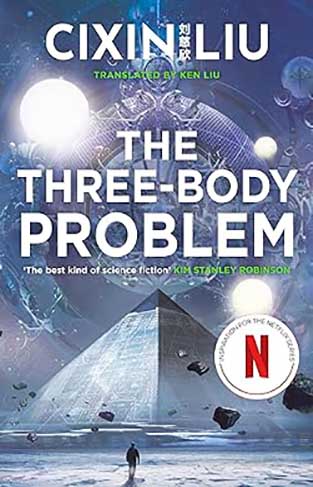Recent research on the theory of perturbations, the analytical approach and the quantitative analysis of the three-body problem have reached a high degree of perfection. The use of electronics has aided developments in quantitative analysis and has helped to disclose the extreme complexity of the set of solutions. This accelerated progress has given new orientation and impetus to the qualitative analysis that is so complementary to the quantitative analysis. The book begins with the various formulations of the three-body problem, the main classical results and the important questions and conjectures involved in this subject. The main part of the book describes the remarkable progress achieved in qualitative analysis which has shed new light on the three-body problem. It deals with questions such as escapes, captures, periodic orbits, stability, chaotic motions, Arnold diffusion, etc. The most recent tests of escape have yielded very impressive results and border very close on the true limits of escape, showing the domain of bounded motions to be much smaller than was expected. An entirely new picture of the three-body problem is emerging, and the book reports on this recent progress. The structure of the solutions for the three-body problem lead to a general conjecture governing the picture of solutions for all Hamiltonian problems. The periodic, quasi-periodic and almost-periodic solutions form the basis for the set of solutions and separate the chaotic solutions from the open solutions.












